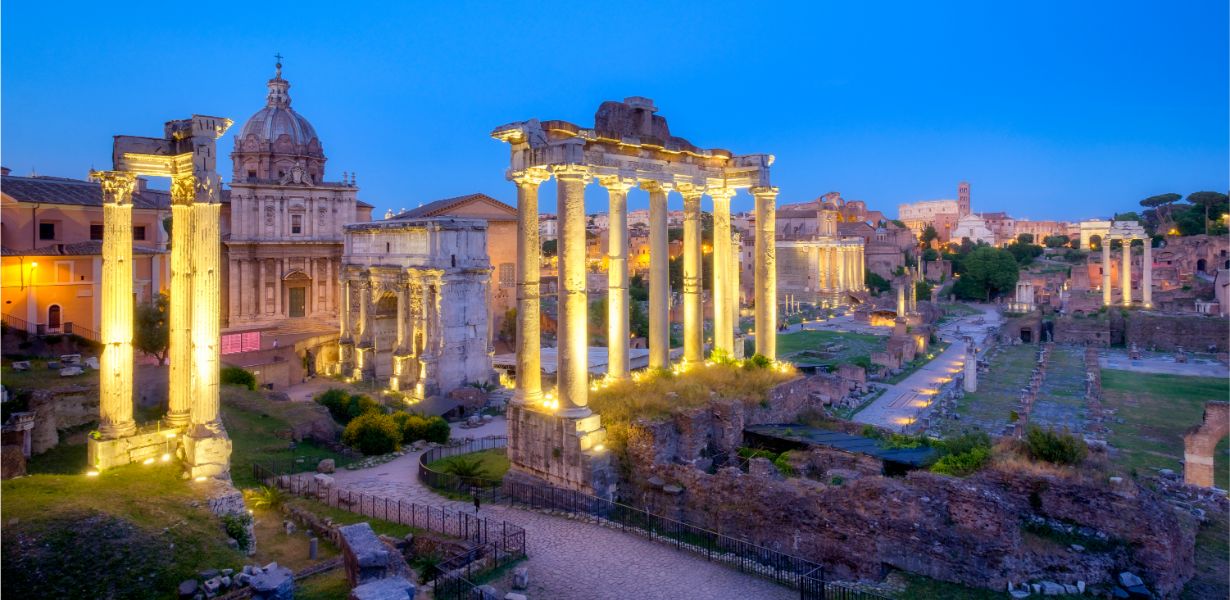
In an era defined by the relentless march of technology and the digital transformation of our world, the preservation of our rich historical heritage has taken on a new and critically important dimension. The fusion of archaeology, technology, and the digital age has given birth to innovative approaches for safeguarding our past. In this extensive exploration, we delve deep into the methods and technologies that enable the preservation of history in the digital age, ensuring that our archaeological sites and cultural treasures endure the test of time.
The Digital Archive Revolution
The dawn of the digital age ushered in a revolution in the preservation of history. Digital archives have become the modern-day repositories of knowledge, holding vast collections of documents, photographs, and recordings. These archives enable historians, researchers, and the curious to access and explore historical artifacts from the comfort of their own screens. The power of digital archives extends beyond accessibility. It offers a secure and durable means of preserving documents that may be vulnerable to physical decay, loss, or destruction. This, in essence, is the fortification of history against the ravages of time.
Digitizing Archaeological Sites
Archaeological sites, the very grounds where history unfolds, have not been left untouched by the digital age. Archaeologists and historians are employing state-of-the-art technology, including 3D scanning and photogrammetry, to create highly accurate digital replicas of these sites. This digitization not only provides a lasting record of the sites but also serves as a valuable resource for future research and educational purposes.
The Role of Virtual Reality
The advent of virtual reality has added a new dimension to the preservation of history. Virtual reality experiences transport individuals to historical settings, allowing them to immerse themselves in bygone eras. By donning VR headsets, history enthusiasts can explore ancient ruins, walk through lost cities, and experience the past as though they were truly there.
Crowdsourcing and Citizen Archivists
Preserving history is no longer solely the domain of experts. The digital age has fostered the growth of crowdsourcing, where citizens worldwide can contribute to preserving history. Platforms such as the Smithsonian's Transcription Center engage volunteers in transcribing historical documents, thus making these texts accessible and searchable for future generations.
The Challenges of Digital Preservation
While the digital age has brought incredible advancements in preserving history, it has also introduced challenges. Digital formats are constantly evolving, and data degradation is a real concern. The responsibility lies with archivists and institutions to continually migrate and update digital records to ensure they remain accessible and viable.
Ensuring Long-Term Accessibility
Preserving history in the digital age is not a one-time endeavor. It requires ongoing commitment to ensure that historical records and artifacts remain accessible. This involves regular backups, data management, and maintaining the integrity of digital archives.
Collaborative Efforts
Preservation is most effective when it's a collaborative effort. Institutions, governments, historians, and technology experts must work hand in hand to ensure the continued existence of our historical record.
Final Words
In the digital age, we stand on the precipice of a new era in preserving history. The fusion of technology, archaeology, and the collective will to safeguard our past has given us powerful tools and methodologies. We must continue to evolve and adapt, ensuring that the pages of history remain open and accessible to all.
Commonly Asked Questions
Q1: How are archaeological sites digitized?
Archaeological sites are digitized through the use of advanced technologies such as 3D scanning and photogrammetry. These methods create highly accurate digital replicas of the sites, preserving them for future generations.
Q2: What is the role of virtual reality in preserving history?
Virtual reality allows individuals to immerse themselves in historical settings, providing a unique and immersive experience. It plays a crucial role in preserving history by making the past come to life for people of all ages.
Q3: How can I get involved in preserving history in the digital age?
You can get involved in preserving history by participating in crowdsourcing initiatives, volunteering at museums and archives, or supporting organizations dedicated to historical preservation.
Q4: What are the biggest challenges in digital preservation?
The challenges in digital preservation include data degradation, evolving digital formats, and the need for ongoing maintenance and updates to ensure long-term accessibility.
Q5: Why is collaborative effort crucial in preserving history?
Collaborative efforts involve the combined expertise and resources of institutions, governments, historians, and technology experts. Such cooperation is vital to effectively preserve and make history accessible to future generations.





